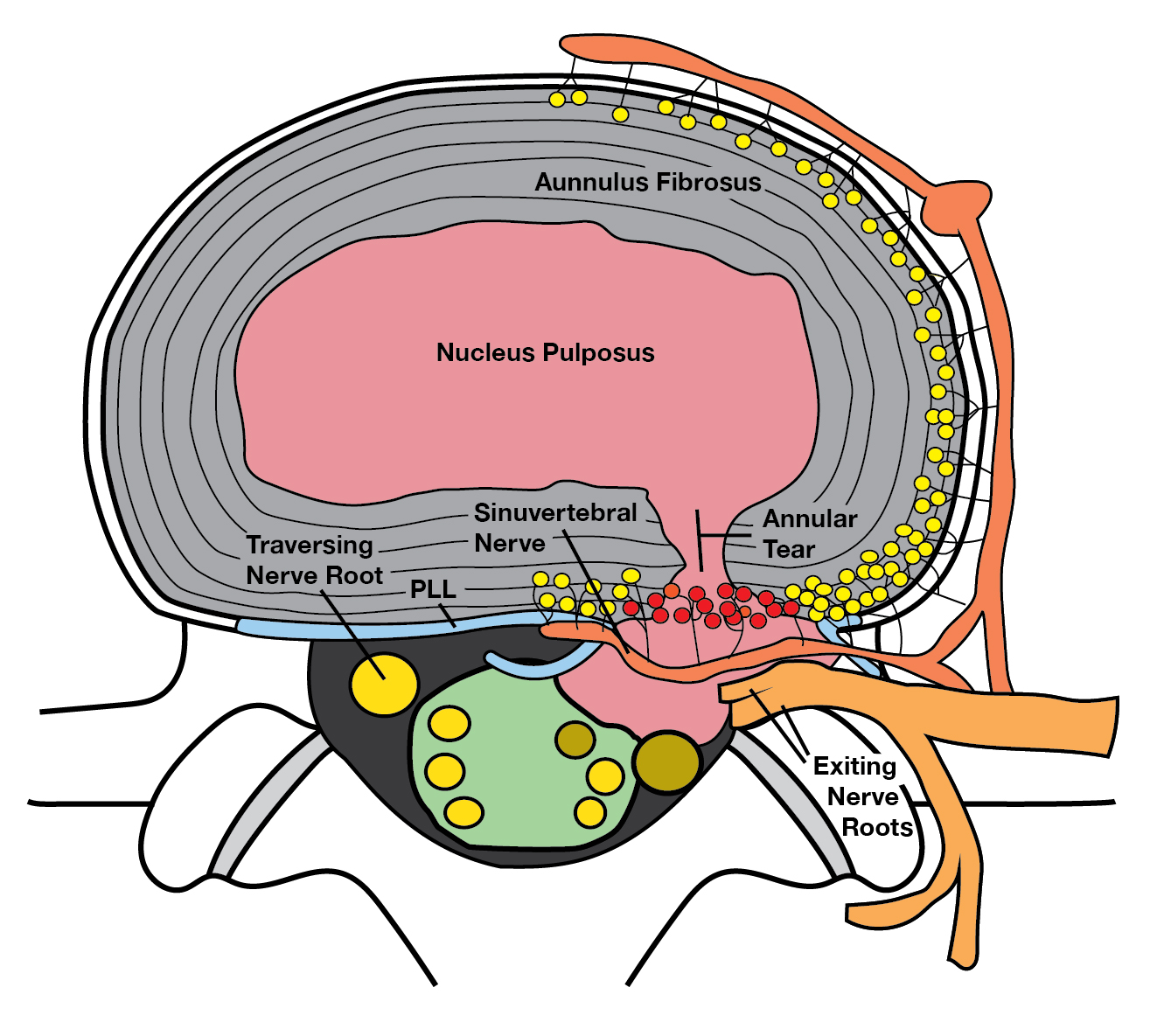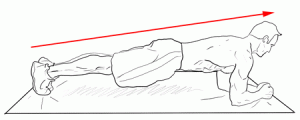
The actual cause of most acute low back pain is not known. If we look at the probable causes of chronic low back pain, we can assume that most back pain is related to problems with the intervertebral discs of the lumbar spine, the small joints towards the back of the spine called zygapophyseal or facet joints, as well as the sacroiliac joints. Hip problems are commonly involved in the genesis and perpetuation of low back pain. Both hip muscle weakness, particularly the hip abductors, as well as hip joint stiffness from arthritis effect the low back.
Back pain is a very common problem in our population. About 90% of us will be afflicted by back pain at some point in our lives. Back pain is usually a recurrent condition where individuals experience episodes of activity-limiting low back pain for several days, every year of their adult lives.

If a health care practitioner tells you that they know the cause of your back pain by looking at an x-ray, CT scan or an MRI, then they are probably fooling themselves. The CT scan and MRI can be useful tests to tell you the cause of leg pain, so-called radiculopathy, where nerves in the low back are irritated by degenerative bony changes or disc abnormalities.
Degenerative changes in the spine are normal as we age. They are frequently present without pain and therefore pain cannot always be blamed strictly on the presence of abnormal findings on imaging studies.
The perturbation of the lumbar spine most commonly occurs with forward bending. Most patients cannot remember the inciting event for an episode of back pain. When we bend forward, if our muscles are not stabilizing our spine, there can be a loss of segmental stability. In this circumstance, one vertebral body is not stabilized in its normal position on the one below it. This allows movement of that segment. That movement can cause irritation of the intervertebral disc and the surrounding tissues. The intervertebral disc has pain sensitive nerve endings on it, in it and around it.
The body then tries to protect and stabilize this segment. The corresponding muscular activation is often referred to as spasm, hypertonicity or protective guarding. The idea of protective guarding is a useful one to consider. Some of the muscles that are most active in this protective guarding are the quadratus lumborum muscles which go from the ribcage down to the upper part of your hips called the iliac crest. These muscles are easily palpated and it seems that a lot of pain is emanating from them.
An individual is more likely to sustain a perturbation or an episode of acute low back pain if they have poor trunk strength.
Your health care provider’s role in the initial assessment for your low back pain is to ensure that there is nothing sinister causing your difficulty. The sinister causes of low back pain are cancer, infection, fractures or other abdominal problems such as ulcers or abdominal aortic aneurysms.
While most of these conditions are rare and cause less than 1% of low back pain, they need to be evaluated promptly and thoroughly. In general, a simple history obtained by your health care provider can provide reliable evidence that you are not suffering from any of these conditions. Sometimes other blood tests, x-rays or more advanced imaging is done to ensure that you do not have a sinister problem.
The next step in the diagnostic algorithm for low back pain is to ensure that you do not have any nerve damage. Again, questions regarding where your pain is and if it goes down the leg in a particular distribution are very helpful in determining whether you have nerve injury. Your health care provider should perform a neurologic examination in your lower extremities to ensure that you do not have any reflex abnormality, muscle weakness or change in sensation. Other simple physical exam findings can rule out other more sinister conditions such as spinal cord pressure or other neurologic diseases. It is important for your clinician to see whether you have any obvious muscle imbalances in your lumbopelvic region. This is often done by the physical examination.
Physical examination is most sensitive in ruling out neurologic conditions.
With mechanical back pain physical examination does not usually tell the clinician where the pain is coming from. The physical examination can show you where you are weak or have significant muscle shortening and these findings will help guide your clinician in determining what type of exercise program you require to improve your spinal health. The vast majority of back pain patients can be helped with simple advice to remain active, use medication sparingly, obtain some manual therapy for their irritated or perturbed musculature and perform regular home exercises.
The exercises for back pain are often referred to as stabilization exercises and can be done very easily without any exercise equipment. My favorite exercises for spinal problems are the front plank, the supine bridge and the side plank.

We will deal with back exercise selection in an upcoming blog.
